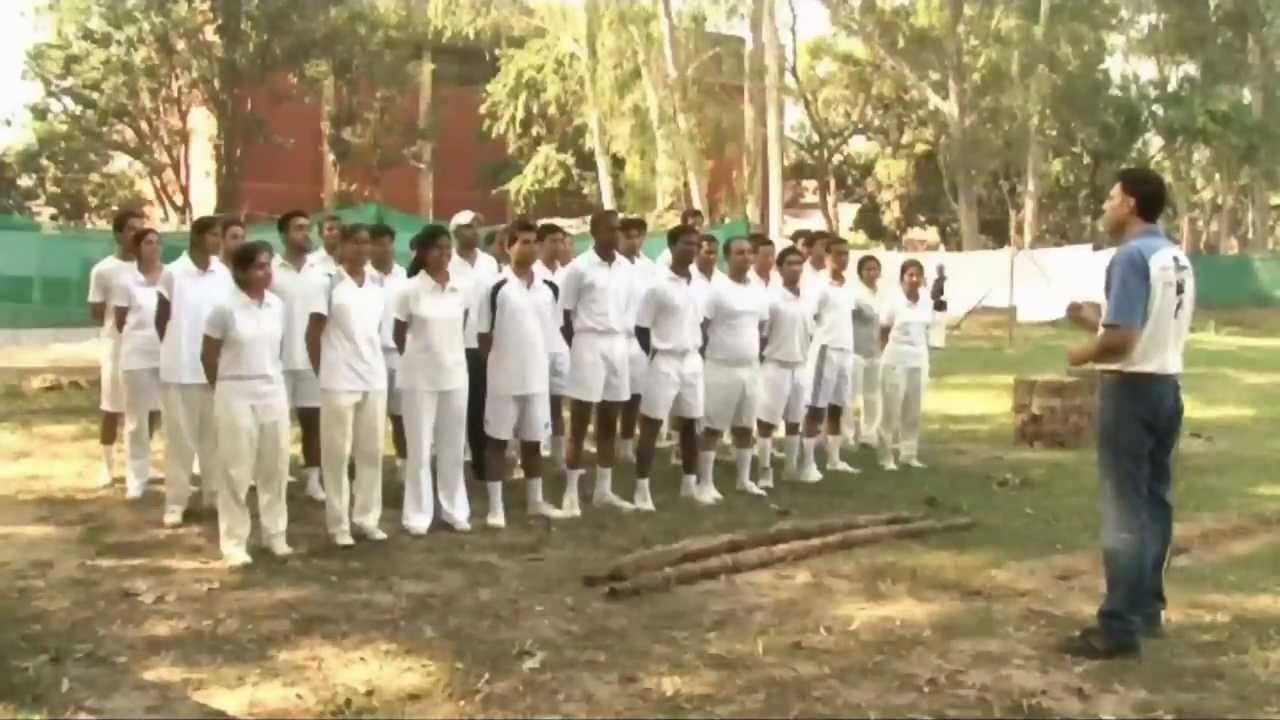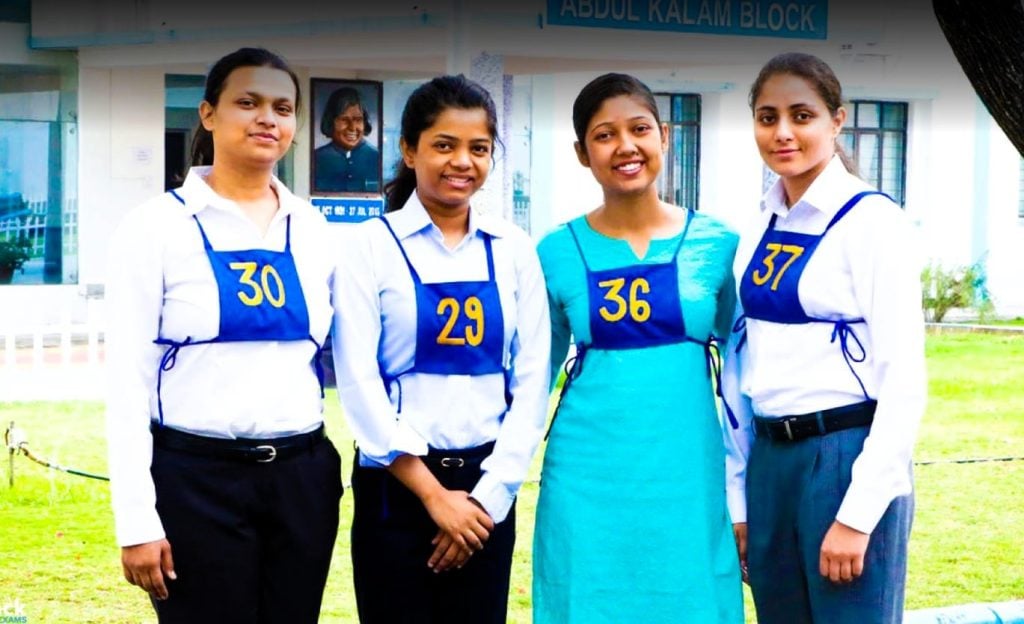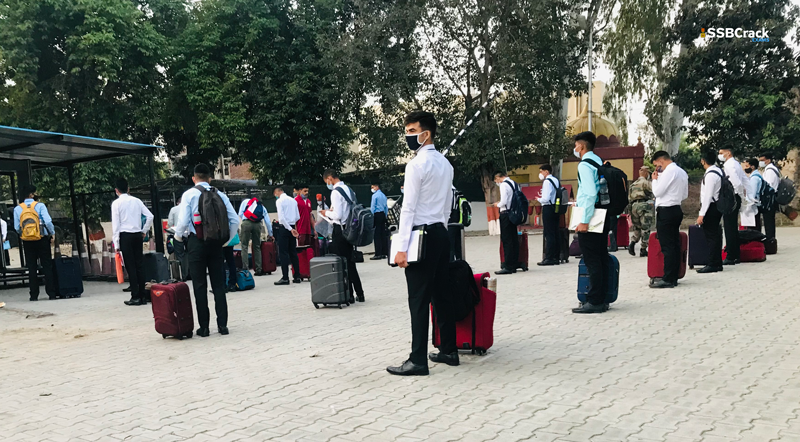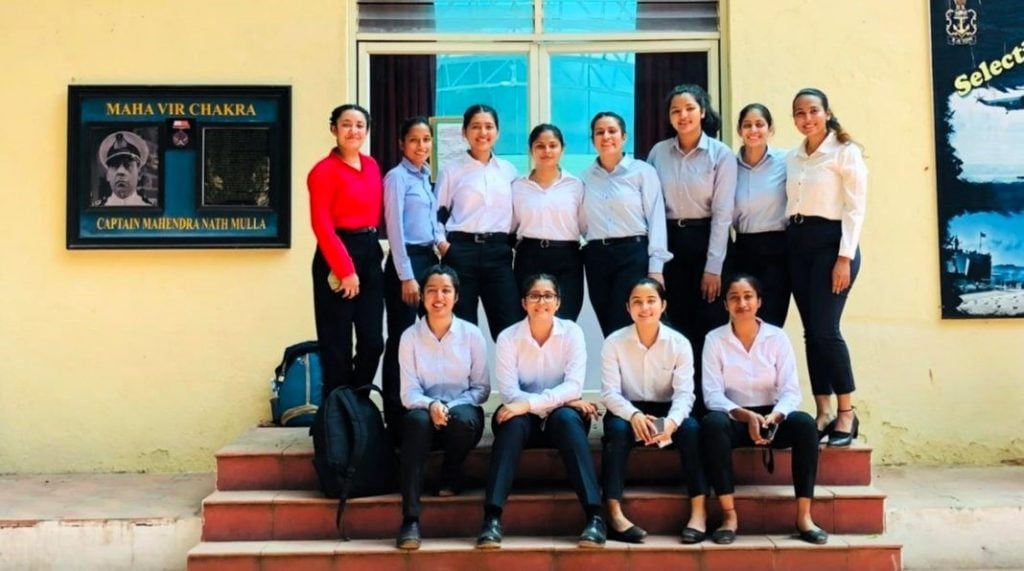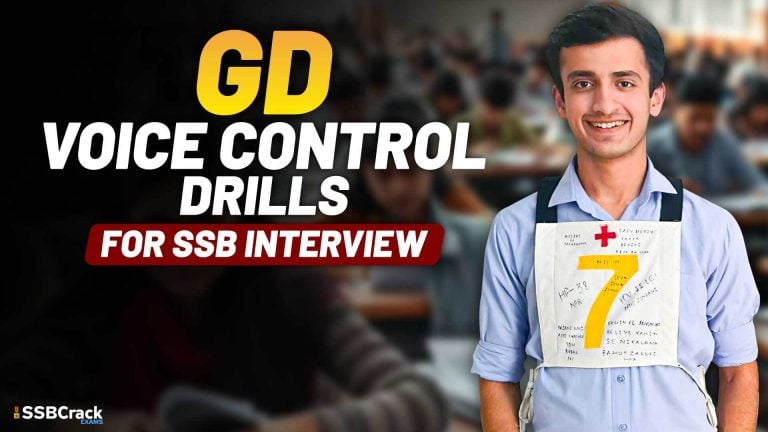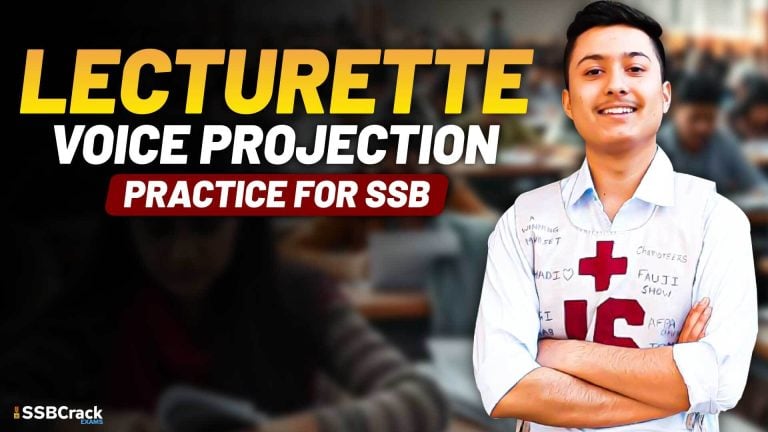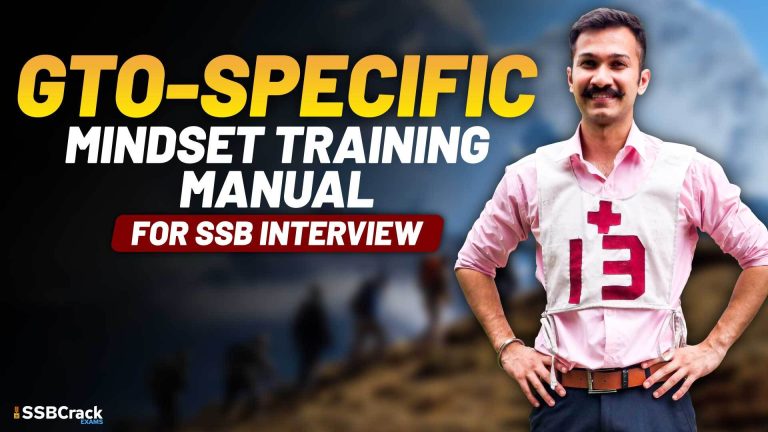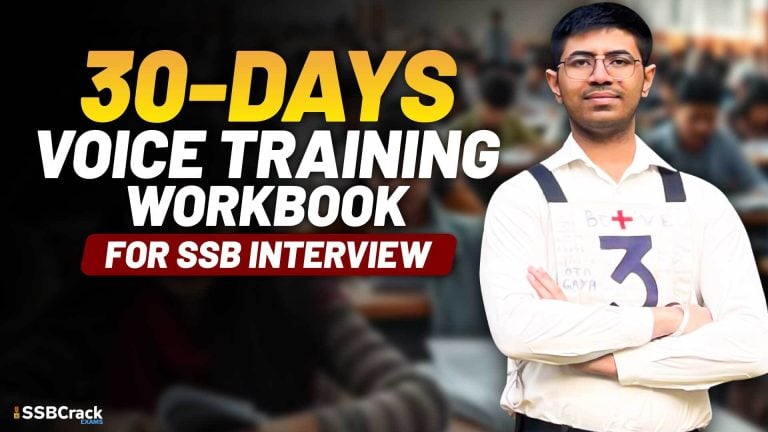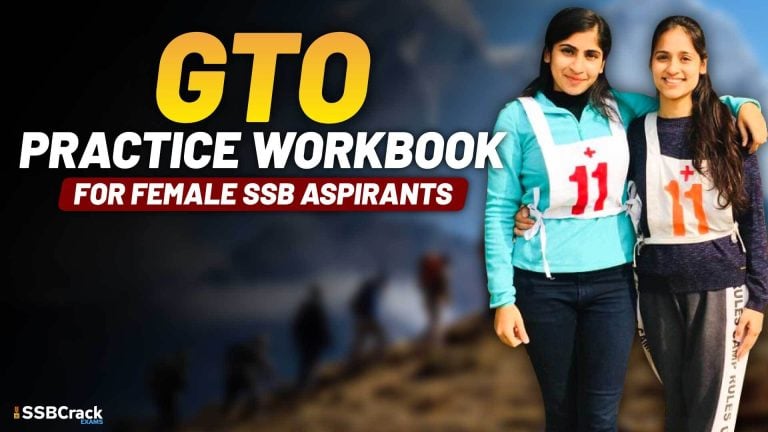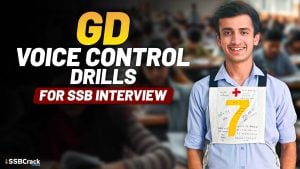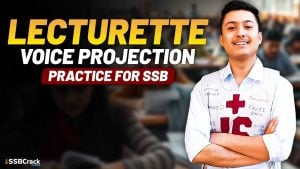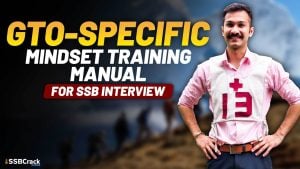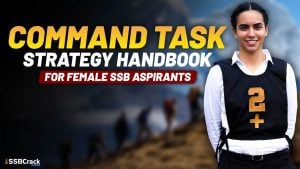Preparing for an SSB (Service Selection Board) interview is a crucial step towards pursuing a career in the armed forces. This comprehensive guide will walk you through the essential practices and strategies to excel in both Stage I and Stage II assessments of the SSB interview process.
Understanding the SSB Interview Structure
The SSB interview is divided into two stages, each comprising several tests designed to evaluate various aspects of a candidate’s personality, intelligence, and leadership potential.
Stage I: Screening Tests
- Officer Intelligence Rating Test (OIR)
- Picture Perception & Description Test (PPDT)
Stage II: Psychological Tests, Group Testing, and Personal Interview
- Thematic Apperception Test (TAT)
- Word Association Test (WAT)
- Situation Reaction Test (SRT)
- Self Description Test (SD)
- Personal Interview (PI)
- Group Discussion (GD)
- Group Planning Exercise (GPE)
- Progressive Group Tasks (PGT)
- Half Group Tasks (HGT)
- Individual Obstacles (IO)
- Command Tasks (CT)
- Group Obstacle Race (GOR)
- Lecturette
- Final Group Task (FGT)
- Conference Questions
Key Principles of Practice
Before delving into specific test preparation, it’s crucial to understand the underlying principles of practicing for the SSB interview.
- Simulated Environment: Most SSB tests, except the OIR test in Stage I, do not have right or wrong answers. They are designed to assess your responses under stress and in group dynamics. Practice in a setting that mirrors the actual interview environment to develop composure and confidence.
- Originality Matters: Avoid coached responses as they are easily identifiable. Focus on developing genuine, original responses that reflect your personality and thought process.
Detailed Preparation Strategies for Each Test
Stage I Tests: OIR and PPDT
- OIR Test: Practice solving intelligence tests under time constraints to improve speed and accuracy.
- PPDT: Enhance your ability to observe details and construct coherent stories based on the given picture.
Stage II Psychological Tests: TAT, WAT, SRT, SD
- Thematic Apperception Test (TAT): Practice interpreting and developing stories around ambiguous images to showcase leadership qualities.
- Word Association Test (WAT): Improve associative thinking by practicing with a wide range of words.
- Situation Reaction Test (SRT): Develop quick and logical responses to hypothetical situations. Review and refine your responses to identify better approaches.
- Self Description Test (SD): Reflect on your strengths and weaknesses honestly to craft a balanced self-description.
Group Testing: GD, GPE, PGT, HGT, IO, CT, GOR, FGT
- Group Discussion (GD): Stay updated on current affairs and practice expressing your views clearly and concisely.
- Lecturette: Develop skills in presenting coherent thoughts on a given topic within a limited timeframe.
Personal Interview and Conference
- Personal Interview: Anticipate questions based on your personal information questionnaire (PIQ). Practice articulating your achievements, aspirations, and opinions convincingly.
- Conference: Simulate group discussion scenarios where you defend your opinions while respecting others’ viewpoints.
GTO Tasks in SSB Interview: Types, Skills, and Preparation Tips
Detailed Explanation of the SSB Interview Process
Practical Tips for Effective Practice
Consistent Practice: Regularly engage in mock interviews and tests to build stamina and confidence.
Feedback Mechanism: Seek feedback from mentors or peers to refine your approach and identify areas for improvement.
Time Management: Practice managing time effectively, especially in tests like SRT and lecturette where time constraints are crucial.
Resources and Authentic Practice Sets
Finding authentic SSB practice sets can be challenging. Look for reliable sources that offer original SSB questions and scenarios to better prepare yourself.
Conclusion
Mastering the SSB interview requires dedication, practice, and a thorough understanding of the evaluation criteria. By focusing on genuine responses, simulating interview conditions, and consistently refining your approach, you can significantly enhance your chances of success.
Remember, the journey towards becoming an officer in the armed forces begins with thorough preparation and a commitment to personal growth. Start your preparation today to achieve your dream of serving the nation proudly.
Prepare diligently, stay focused, and embrace the opportunity to showcase your potential during the SSB interview process. Success awaits those who are prepared!
FAQs
1. Why is practice important before an SSB Interview?
Practice is crucial because it helps you familiarize yourself with the types of tests and exercises you’ll encounter during the SSB Interview. It builds confidence, improves response times, and allows you to refine your approach based on feedback.
2. What should I focus on practicing before my SSB Interview?
Focus on practicing both the Stage I screening tests (OIR and PPDT) and Stage II psychological tests (TAT, WAT, SRT, SD). Additionally, practice group testing exercises like GD, GPE, and various tasks (PGT, HGT, CT, IO, GOR, FGT). Prepare thoroughly for the Personal Interview and Conference as well.
3. How can I simulate the SSB Interview environment for practice?
Try to recreate the interview setting as closely as possible. Practice in groups, set time limits for tests, and seek feedback from mentors or peers. Use authentic practice sets that mimic the actual SSB questions and scenarios.
4. Should I practice alone or with others?
Both are beneficial. Practicing alone helps you focus on individual responses and introspect. Practicing with others simulates group dynamics and helps in refining communication and teamwork skills.
5. How can I improve my performance in the psychological tests like TAT and SRT?
For TAT, practice interpreting ambiguous pictures and developing coherent stories that reflect leadership qualities. For SRT, practice thinking quickly and logically in response to hypothetical situations. Review and refine your responses to identify improvements.
